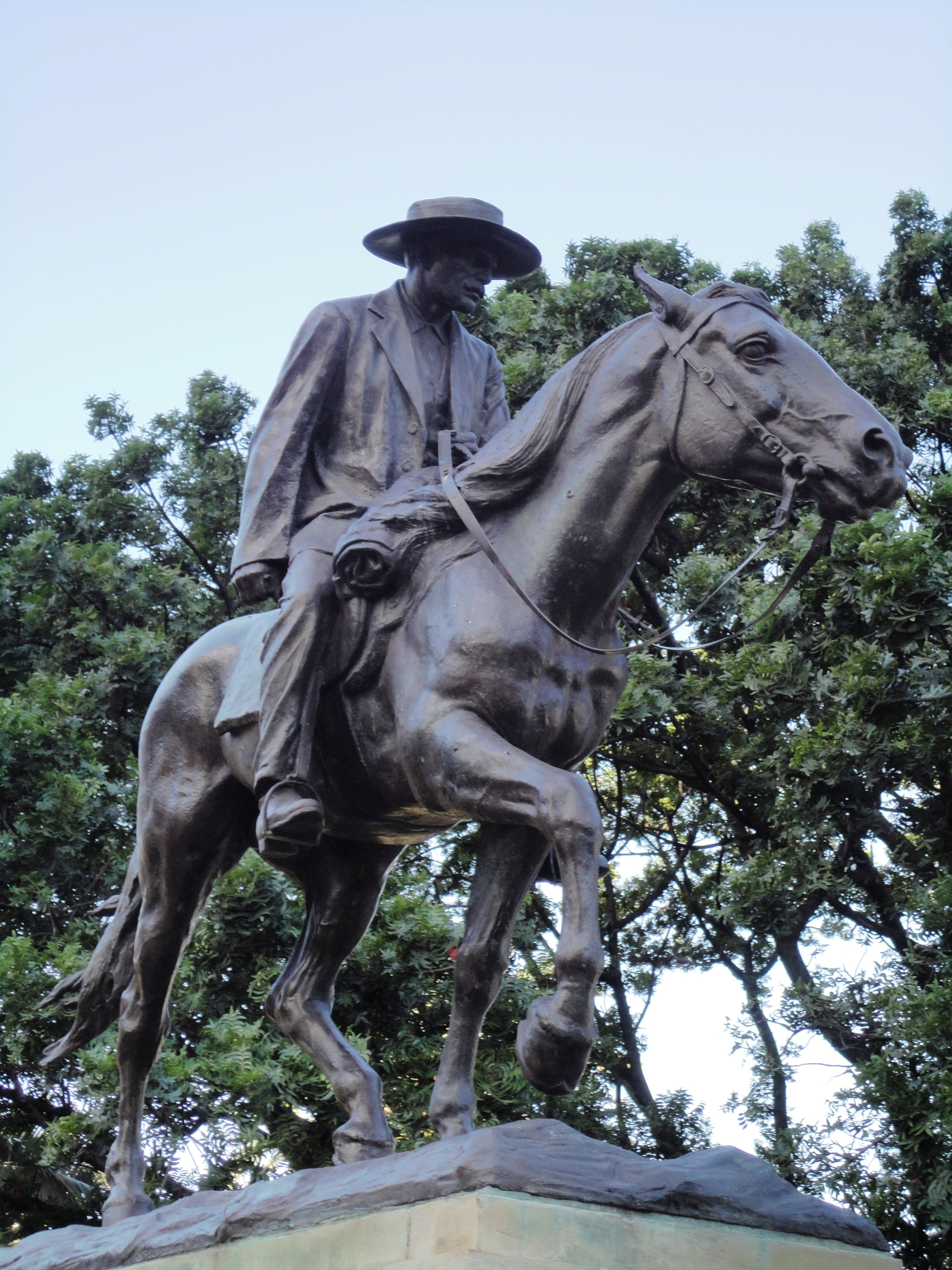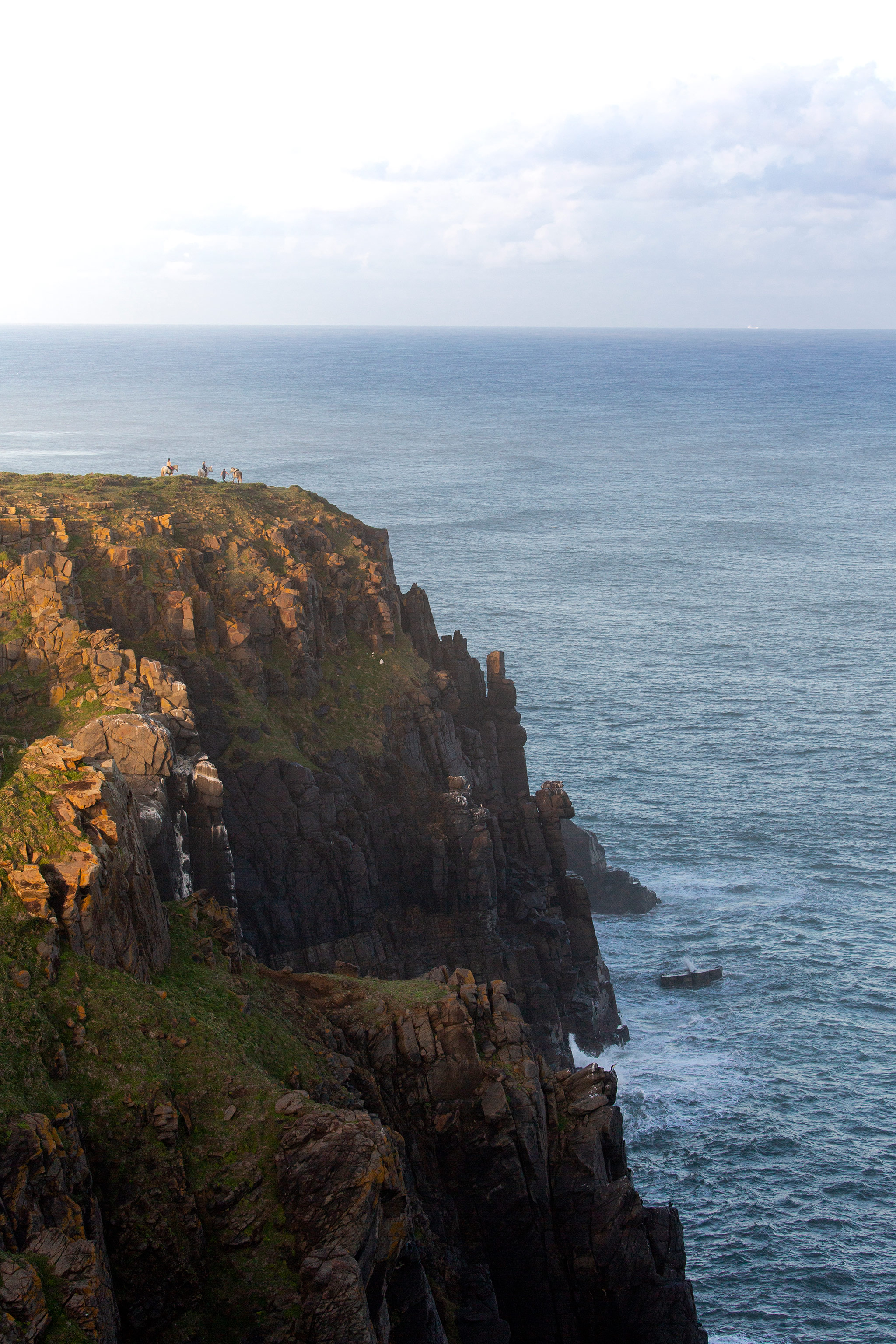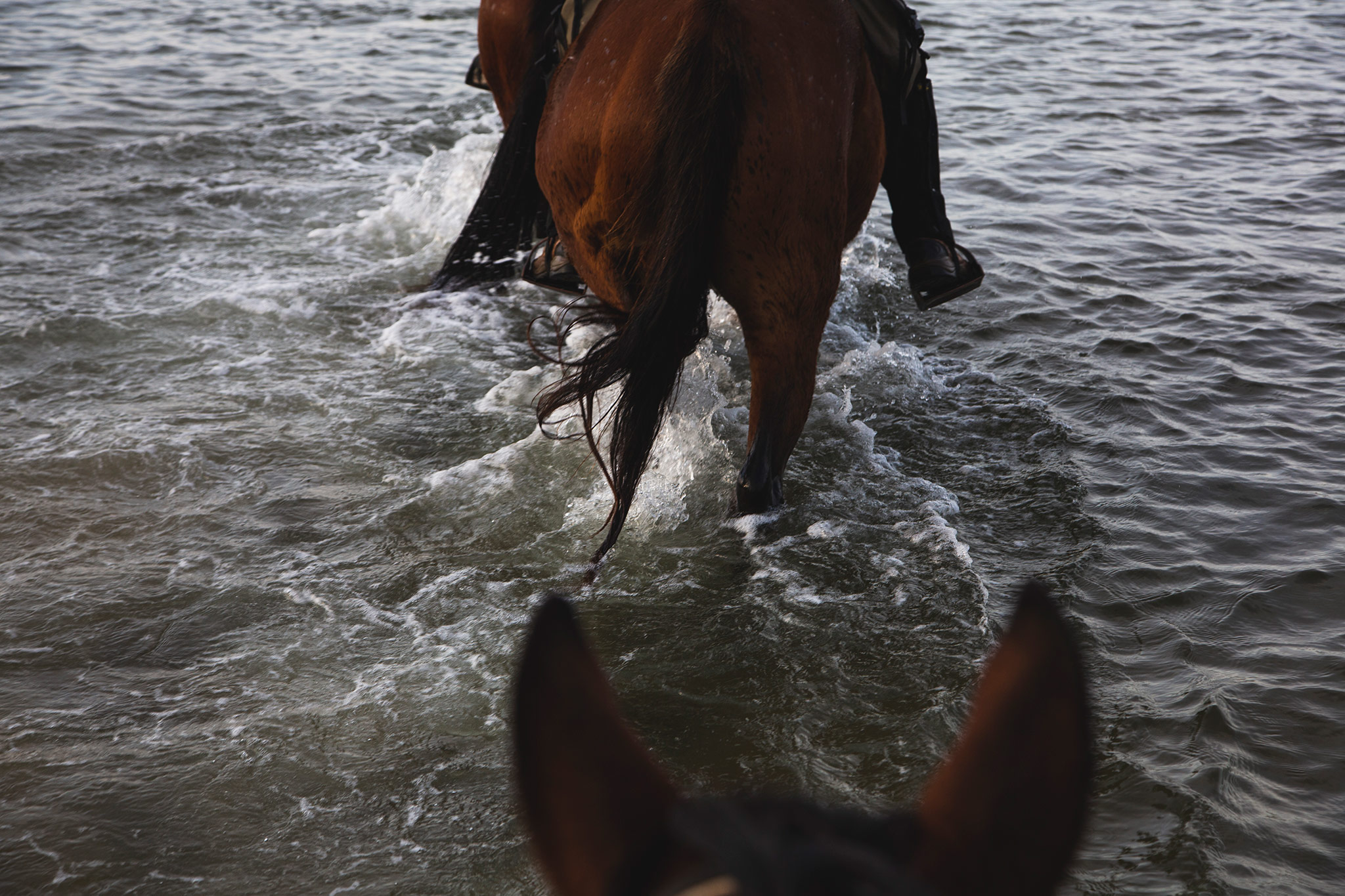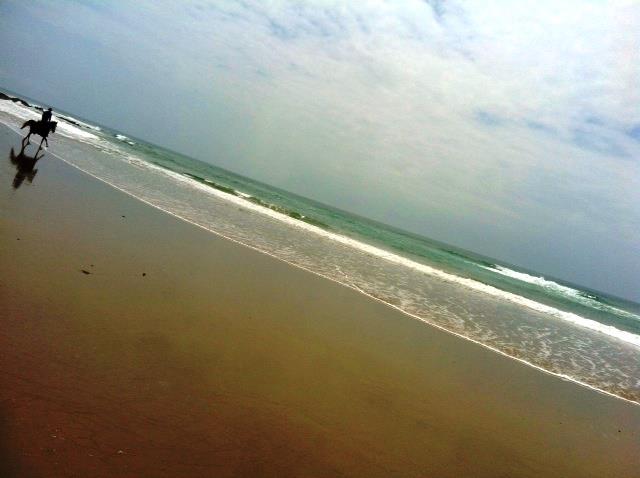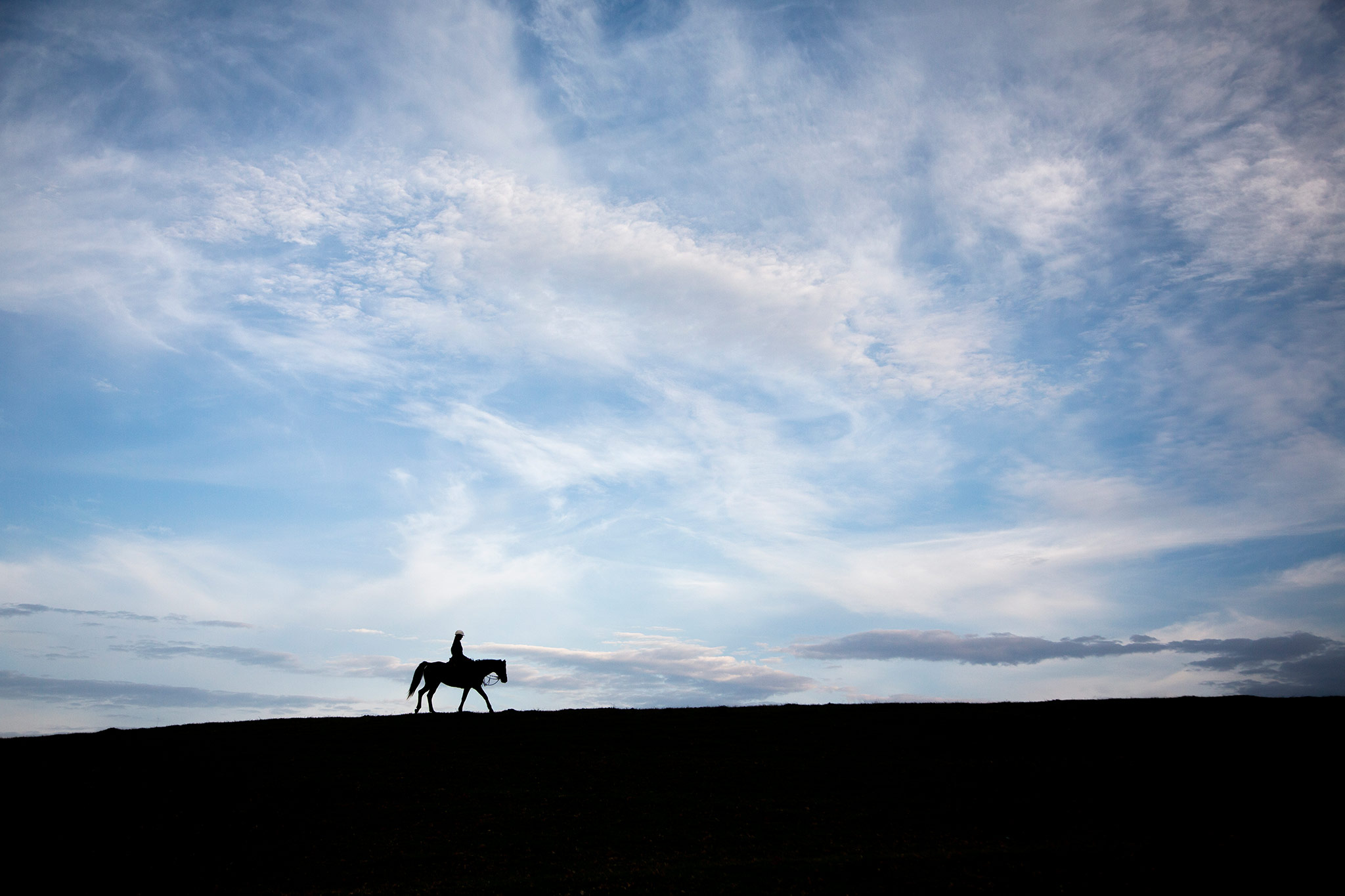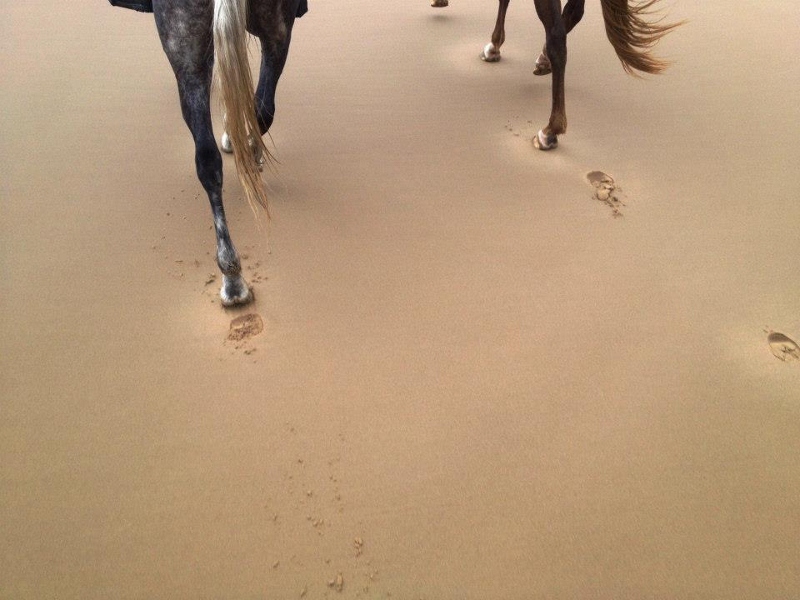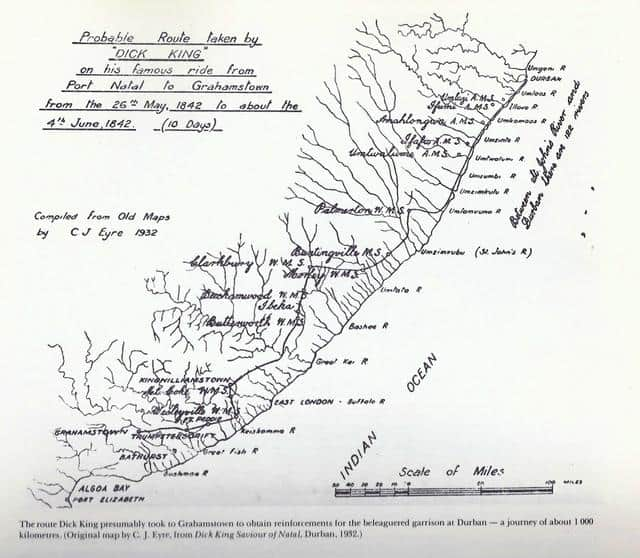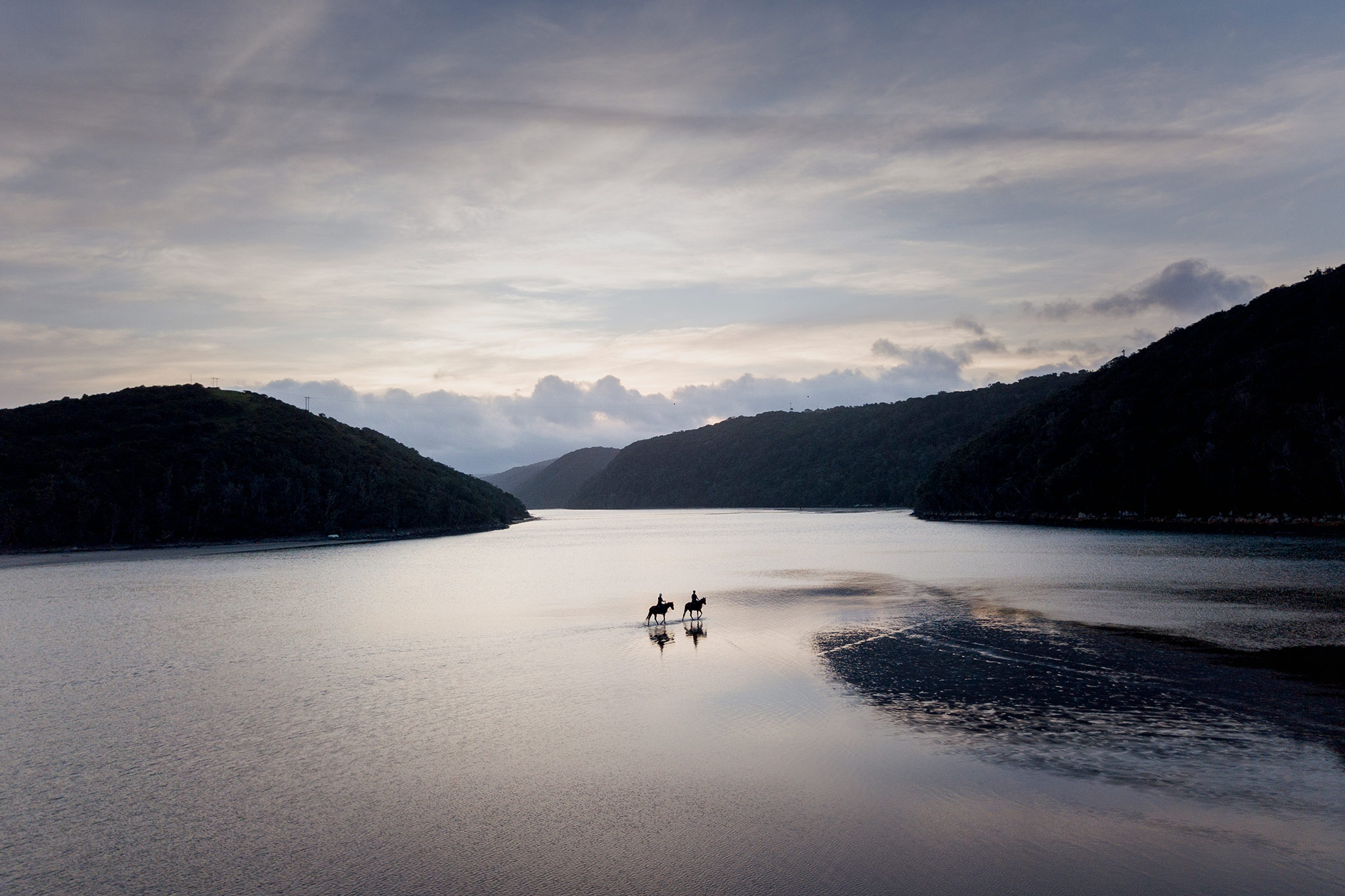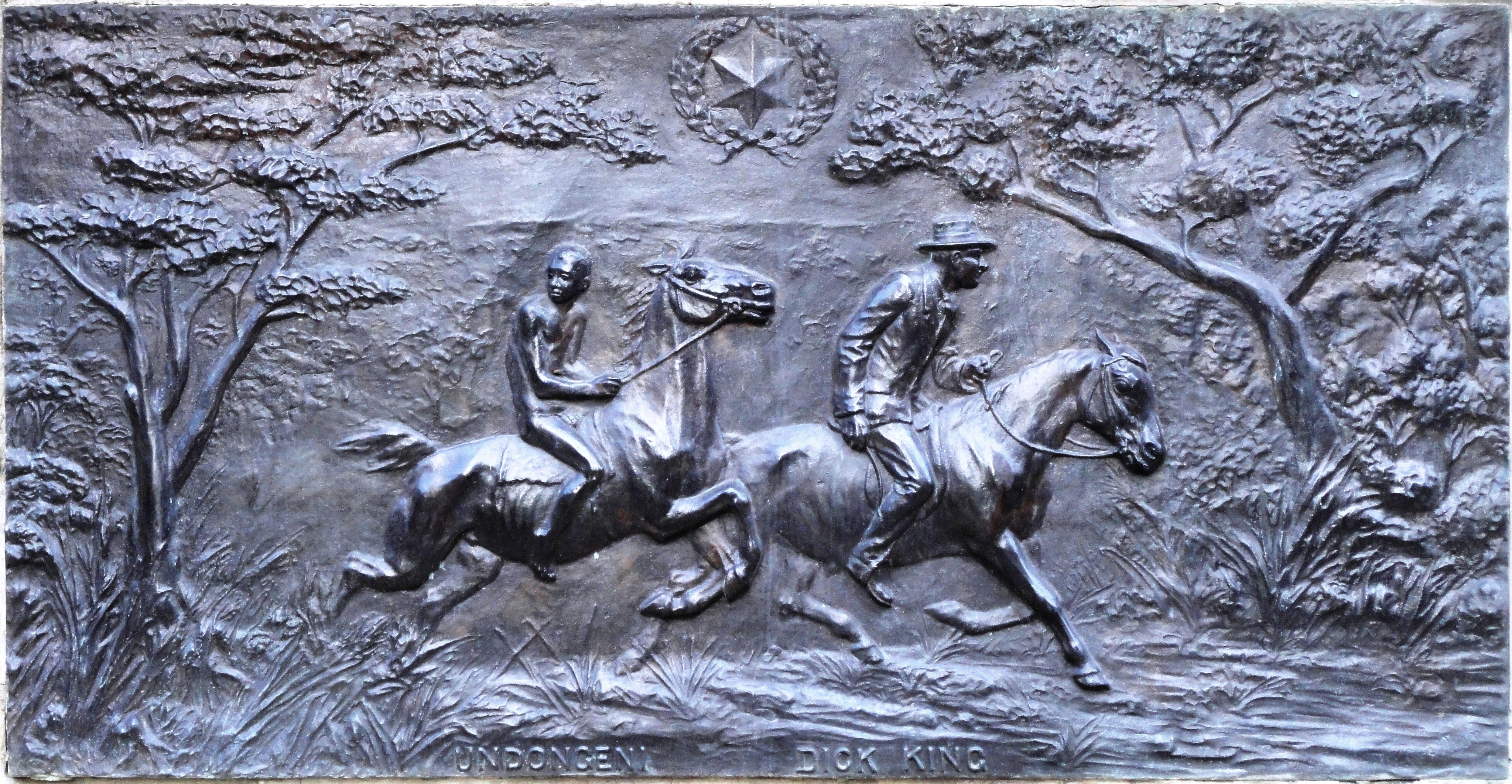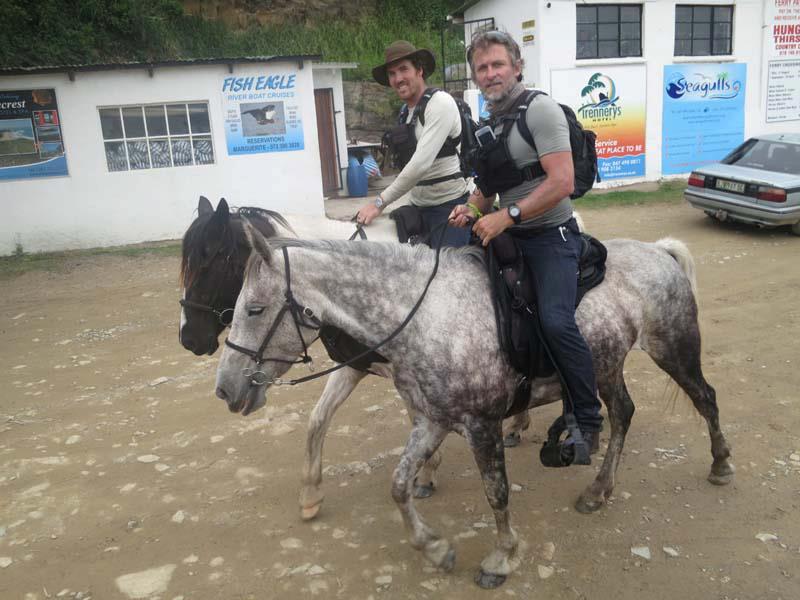Nicky Hoseck
Revealing the First
Wild Coast Horse Ride of 1842
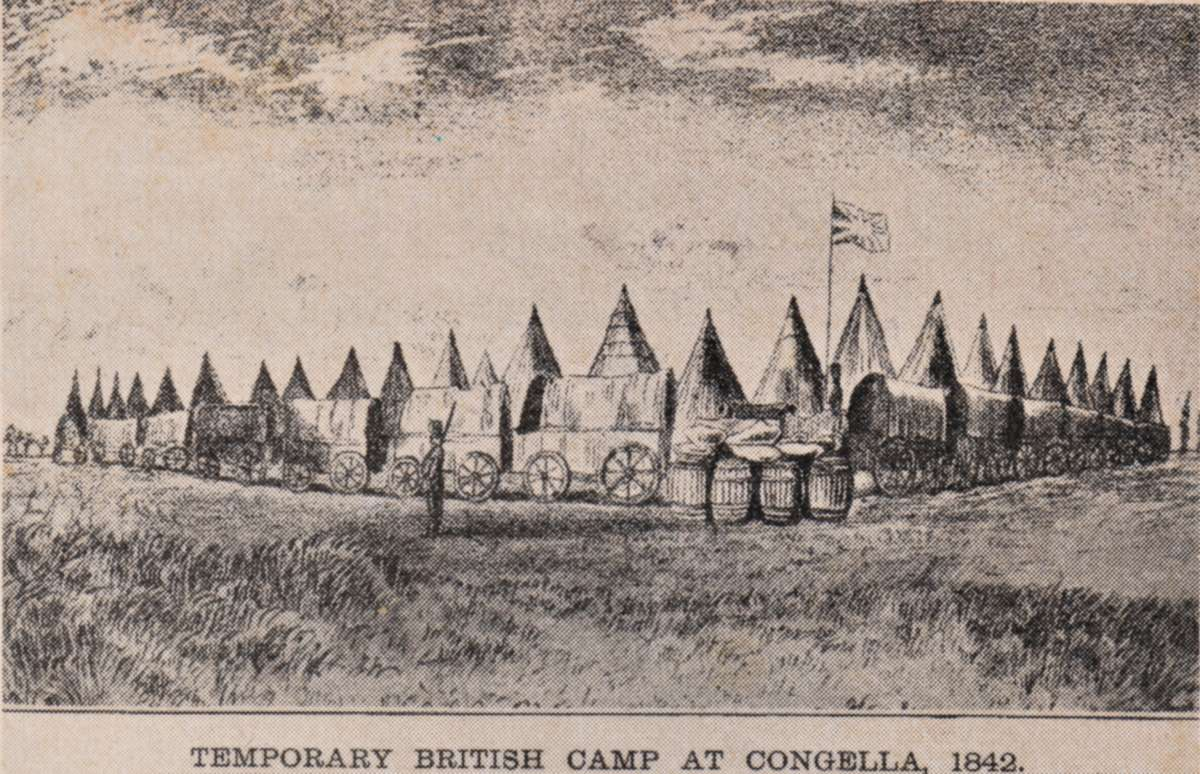
Boers And Brits Clash Over Strategic Territory
Fast forward four years and the primary cause of unrest shifted away from the Zulus and landed heavily on the emerging British occupation. While the British claimed the strategically significant coastal region, the Voortrekkers had firmly established the Natalia Republic some distance inland.
The two sides were destined to clash, and when the Boer forces decided they needed a port of entry free from British rule, they attacked the British, hoping to gain control of the strategic port area.
The resulting skirmish hit the British hard, and the need for reinforcements was abundantly clear as they were forced to retreat. With a sense of foreboding, they huddled in their tented camp valiantly attempting to withstand the Boers’ relentless artillery attack.
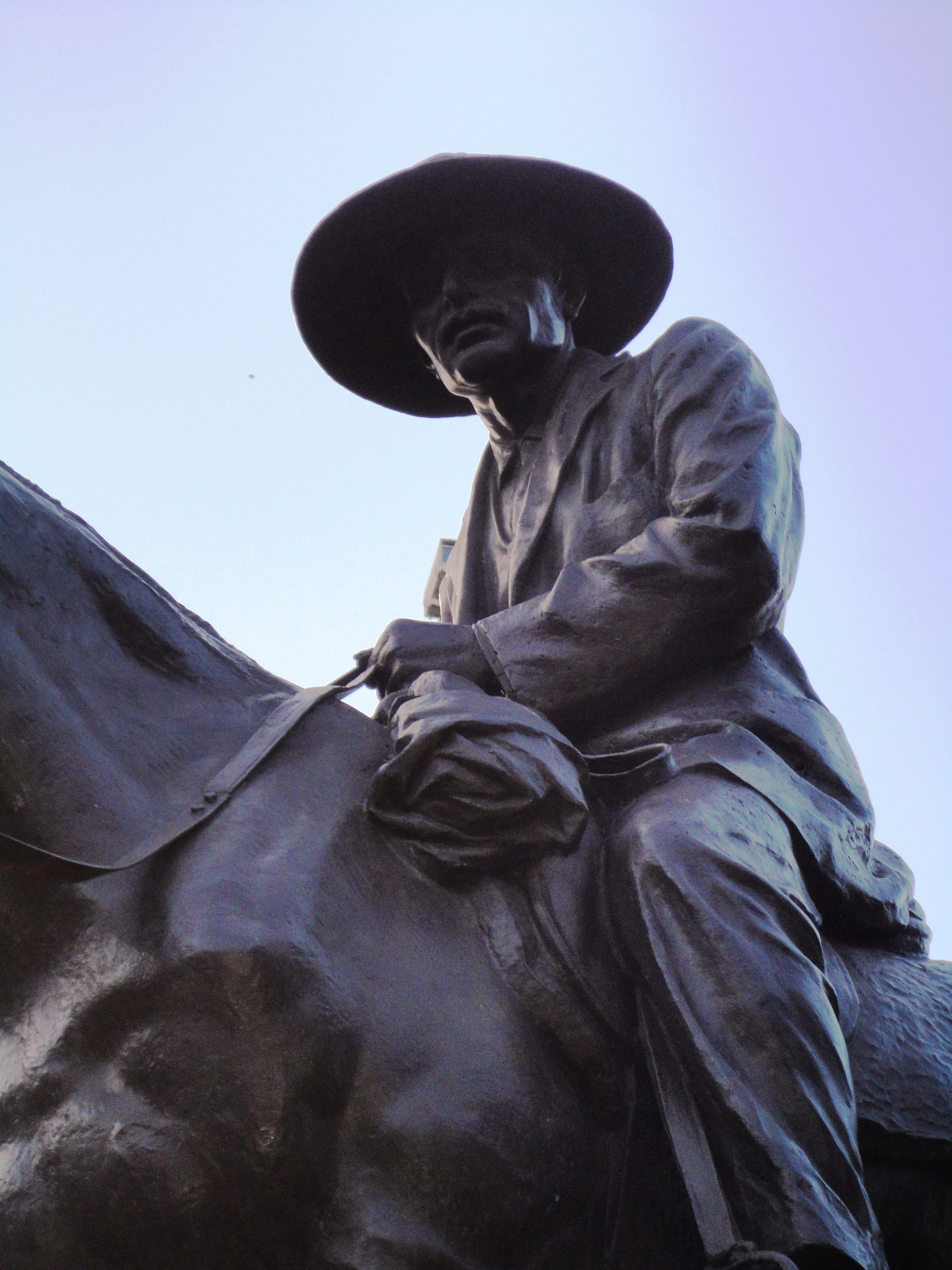
A Humble Hero: The Man Behind The Legend
Despite being celebrated for his bravery and stamina, King remained surprisingly humble about his achievements — a trait rarely exhibited by South African adventurers. In her article, Jacqueline A. Kalley highlights his modesty with King’s own words: “… what is there to tell? I did no more than any Englishman would do for his country. I said I would get the message through, and I did it, and that's all there is to say.”
An Epic 950 km Ride That Shaped History
Needless to say, King was successful in his mission. His message was delivered to its destination in time for its recipient Colonel Hare to dispatch reinforcements that would change the course of the entire siege, leaving the Boers floundering and retreating to their inland camps.
In due course, the two sides negotiated a tenuous peace agreement, and British control over the region was consolidated. However, tensions between the Boers and the British would continue to simmer, eventually culminating in further conflicts that shaped South Africa’s turbulent history just as Dick King’s epic ride became a defining moment, symbolising the enduring spirit of endurance.

